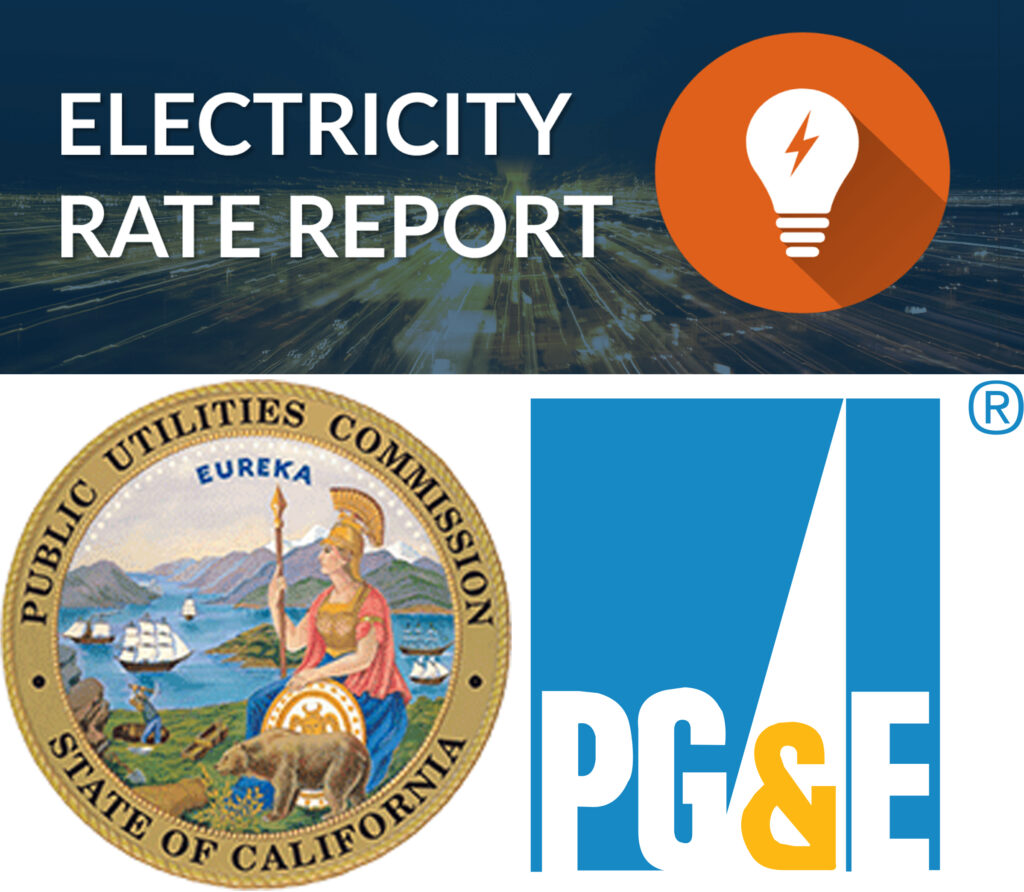CPUC approves new billing structure that will cut residential electricity prices

“Flat Rate” decision accelerates California’s clean energy transition
May 09, 2024 – SAN FRANCISCO – The California Public Utilities Commission (CPUC) today approved a proposal to reduce the price of residential electricity through a new billing structure mandated by the state Legislature in Assembly Bill 205. This billing adjustment introduces a flat rate bill component and reduces the electricity usage rate. It lowers overall electricity bills on average for lower-income households and those living in regions most impacted by extreme weather events, while accelerating California’s clean energy transition by making electrification more affordable for all.
That’s in spite of the concerns of ratepayers and state legislators who, earlier this year, scrambled to repeal or modify the bill to avoid rates being based on income. The CPUC later scrapped the income-based utility bill scheme proposed by California’s largest utilities including PG&E. (See related articles here and here)
According to the approved proposal, “Today, California’s investor-owned electric utilities recover nearly all costs of providing electricity service through the volumetric (cost per unit) portion of each residential customer’s bill. However, a large portion of these costs are fixed costs that do not directly vary based on the electricity usage of the customer from whom the revenue is being collected, such as the costs of installing final line transformers that make it possible for customers to access the grid. Most utilities nationwide and many publicly-owned utilities in California assess fixed charges on customer bills to recover these fixed costs, consistent with the general ratemaking principle that rates should be based on cost causation
“As directed by Assembly Bill 205, this decision authorizes all investor[1]owned utilities to change the structure of residential customer bills by shifting the recovery of a portion of fixed costs from volumetric rates to a separate, fixed amount on bills without changing the total costs that utilities may recover from customers. As a result, this decision reduces the volumetric price of electricity (in cents per kilowatt hour) for all residential customers of investor-owned utilities.
The new billing structure more evenly allocates fixed costs among customers and will encourage customers to adopt electric vehicles and replace gas appliances with electric appliances because it will be less expensive to charge electric vehicles and operate electric appliances.
“This decision adopts a gradual, incremental approach to implementing Assembly Bill 205 requirements, including the requirement to offer income-graduated fixed charge amounts. The adopted billing structure will offer discounts based on the existing income-verification processes of the utilities’ California Alternate Rates for Energy and Family Electric Rate Assistance programs. The Commission will consider improvements to the new billing structure based on the initial results of implementation and a working group proposal in the next phase of this proceeding.
“Parties to this proceeding concurrently proposed how to implement the requirements of Assembly Bill 205. This decision adopts elements of several party proposals rather than adopting one party’s proposal.”
Read More: Fact Sheet on “Flat Rate” Decision
“This new billing structure puts us further on the path toward a decarbonized future, while enhancing affordability for low-income customers and those most impacted from climate change-driven heat events,” said CPUC President Alice Reynolds. “This billing adjustment makes it cheaper across the board for customers to charge an electric vehicle or run an electric heat pump, which will spur greater uptake of these technologies that are essential to transitioning us away from fossil fuels.”
Under the new billing structure:
- The usage rate for electricity will be reduced by 5 to 7 cents per kilowatt-hour for all residential customers.
- This change makes it more affordable for everyone to electrify homes and vehicles, regardless of income or location, because the price of charging an electric vehicle or running a heat pump is cheaper.
- A portion of the fixed infrastructure costs—such as maintaining power lines and equipment— will be moved from the usage rate to a separate line item called the “Flat Rate” on customer bills.
- The flat rate will be $24.15 per month, with low-income customers and customers living in deed-restricted affordable housing eligible for discounted flat rates of $6 or $12.
Customers enrolled in the California Alternate Rates for Energy (CARE) low-income assistance program will benefit from a discounted flat rate of $6 per month. Customers enrolled in the Family Electric Rate Assistance Program (FERA), as well as those residing in deed-restricted affordable housing with incomes at or below 80 percent of the area median income, will qualify for a discounted flat rate of $12 per month.
The new billing structure does not introduce any additional fees or generate extra profits for utilities. Instead, it redistributes existing costs among customers. This approach aligns with billing practices employed across the nation and by most other utilities in California.
In the coming months, the CPUC will collaborate with investor-owned utilities on a customer communications plan to educate customers about the new billing structure. The new billing structure will be implemented starting in late 2025 and early 2026.
More information is available on the Docket Card and CPUC webpage for the proceeding.
Allen D. Payton contributed to this report.
the attachments to this post:

Electricity Rate Report CPUC & PG&E logos























